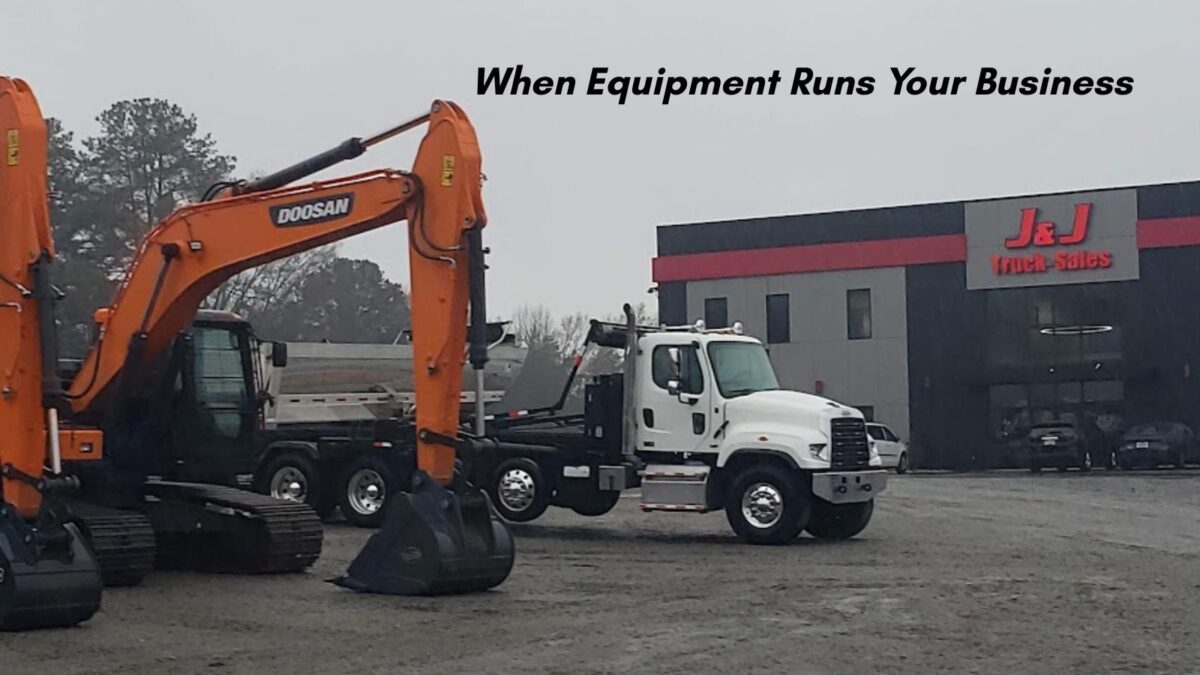Managing assets such as equipment is a full-time task, no matter the size of a business. However, when a company relies almost exclusively on the efficacy of machines, it is absolutely critical. From auditing to lifecycles, here are some potentially business-saving suggestions when equipment runs your business.
Table of Contents
Emphasize Preventative Maintenance
Businesses that rely on equipment such as gyms, vending machine operators, and laundromats must manage them like investments. For example, mission-critical appliances such as washing machines play a crucial role in these types of ventures, meaning preventive maintenance, including sourcing spare parts for coin-operated washers, is vital.
Neglecting the machines that run the business directly results in lost revenue as your company is out of order.
Track and Audit Your Assets
Auditing is a powerful way to keep track of what works and what doesn’t. Regular assessments also allow you to re-evaluate plans and change them dynamically.
Beginning with inventory, creating a list of assets with purchase costs, date, and location provides a clear framework of reference.
From there, you can also use asset management apps for tracking usage and maintenance. Auditing based on this data allows you to check the asset function and location.
Managing Equipment Runs Your Business Assets via Data
It is estimated that around 79% of global companies collect data from various points, including customer data. However, collecting data doesn’t end there.
You can gather data from your equipment and use it to formulate plans and make operational decisions moving forward:
- You can track and note how often and effectively a piece of equipment is being used.
- Regular assessment allows you to predict maintenance, repairs, and replacements.
- Resources can be allocated more effectively when you know which ones are working.
Data isn’t only about keeping tabs on customers! Today, data-rich companies can use what they gather to assess all aspects of a business, including the suitability of operational equipment.
Manage Asset Lifecycles
Equipment doesn’t last forever, and most, such as appliances, have a pre-determined lifecycle. Going over this or nearing it can jeopardize the function of a machine and even be hazardous.
From the date of acquiring an asset, through its operational life, maintenance, and replacement, keep track of the machine. This allows you to plan for necessary repairs and set aside the necessary funds for bringing in newer models to replace any outdated core equipment.
You may need business equipment loans to replace your older equipment.
Train and Educate Employees on Equipment
Employees play a pivotal role in how well an equipment-heavy business operates. Of course, they must be trained to use them effectively and safely.
However, employees can also be the eyes and ears when it comes to managing equipment assets, too. User guidebooks with ChatGPT are a massive help, including instructions for use, but also signs of malfunction to watch for and what to do in the event of a breakdown, such as who to call and how to report it.
Summary: When The Right Equipment Runs Your Business
Preventive maintenance is a crucial aspect of managing assets, including equipment and machinery. You can also use data to pre-empt when maintenance is needed and keep tabs on inventory.
However, employees can also be a vital asset in looking after critical operational equipment. They should notice when repairs are needed or if you need a brand new piece of equipment for your small business.

